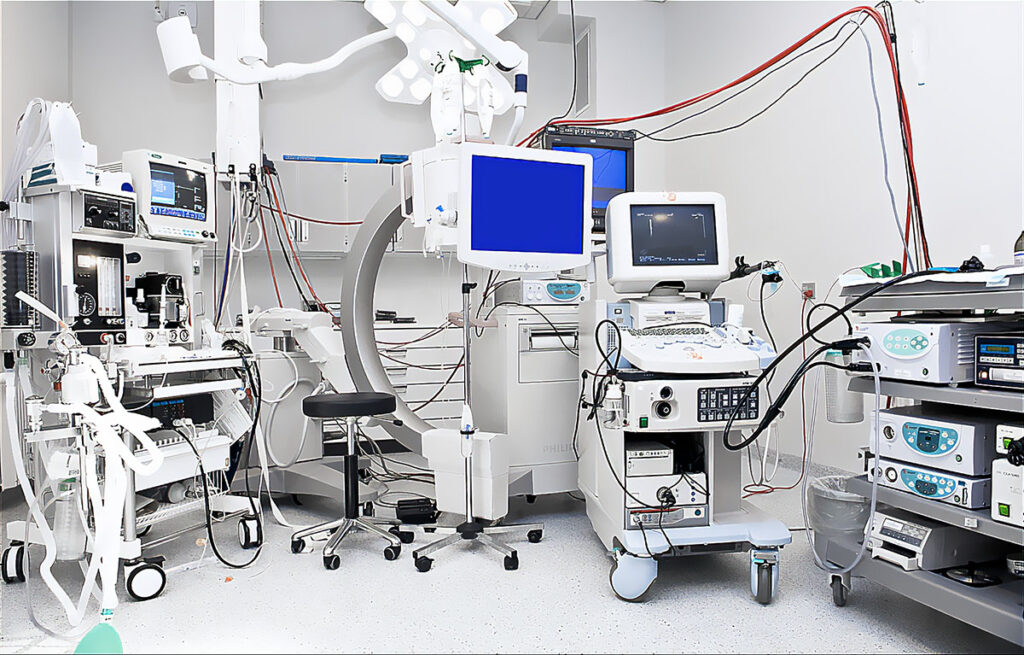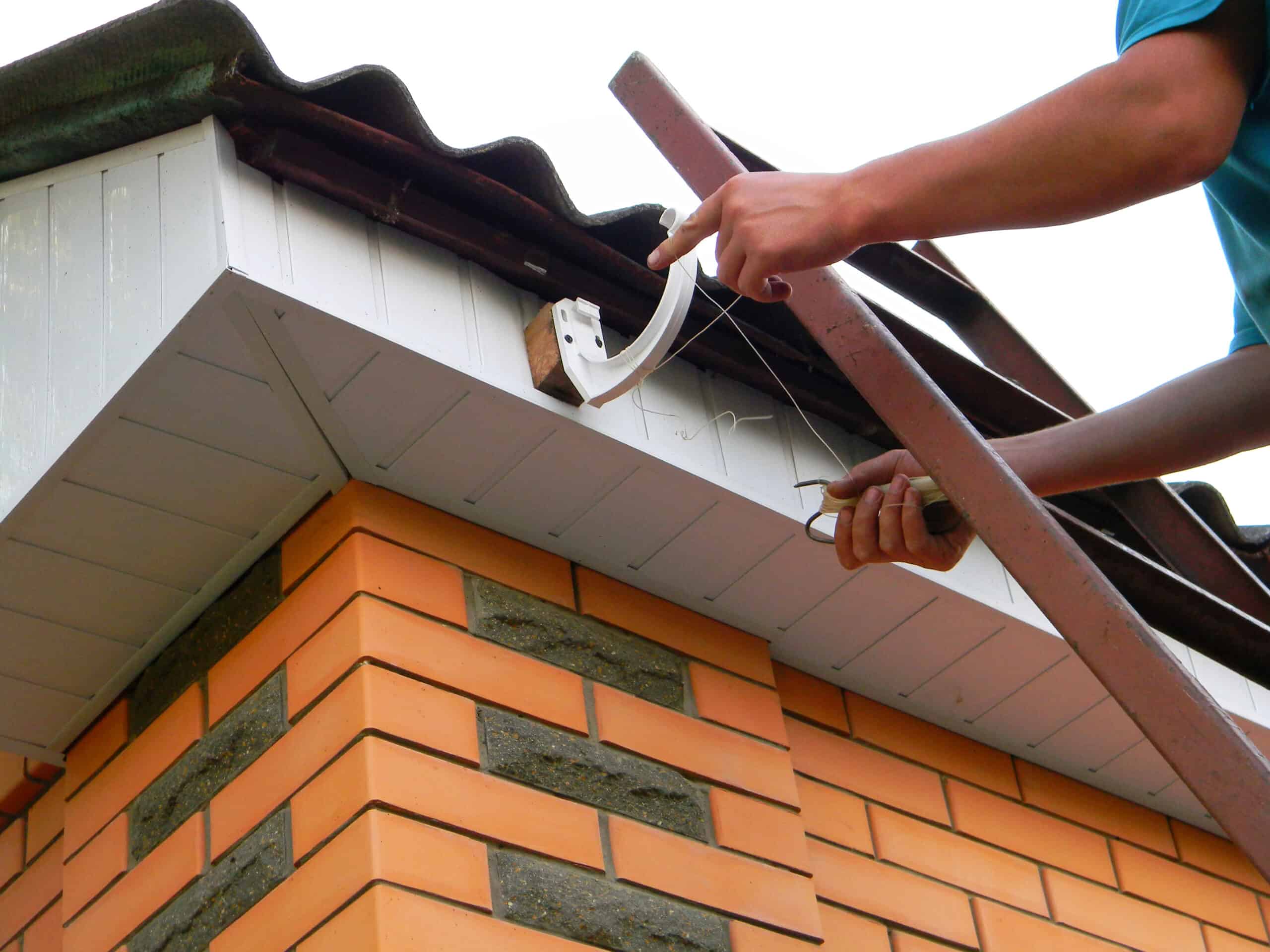
When it comes to labeling medical devices, there are various regulations to adhere by. These regulations are outlined by different organizations.These regulations set the standards that manufacturers must follow. They also help to protect the end users, whether they are patients or medical professionals. The regulations ensure that a device has proper warnings, instructions and information.
The FDA
The FDA was created to ensure the safety of medical devices and the efficiency of the manufacturing process. This government agency oversees the production and labeling of human and animal drugs, biological products, medical devices, foods, cosmetics, and products that emit radiation. It also regulates the sale, marketing, and distribution of these products to protect public health.The agency’s roots go back to the early twentieth century and the 1906 Pure Food and Drug Act, which banned the use of harmful additives in foods and drugs. This legislation was enacted after investigative journalists such as Upton Sinclair exposed a variety of unsafe practices in the food and drug industries.Today, the FDA has a number of different offices that work together to keep the public safe from dangerous products. These include the Office of Compliance, which reviews establishment inspection reports, and the Office of Device Evaluation, which evaluates a device’s safety and effectiveness before it goes on the market.The FDA also enforces strict regulations on the labeling of medical devices. These requirements cover a wide range of information, including the unique device identification code, manufacturer’s name and address, warnings, storage and handling instructions, indications for use, and other important information. Labels must be printed on durable material and affixed to the device in a manner that will allow them to remain legible throughout the normal use, storage, and handling of the product.
The European Union
The European Union recently enacted the Medical Device Regulation (MDR) to revamp its existing legal framework on medical devices. The new regulations put increased emphasis on safety criteria and will require the recertification of many existing medical devices. The new rules also mandate that all devices be assigned a unique device identification code (UDI). Additionally, manufacturers will have to share their device data with the EU through a central database called EUDAMED.In addition to the UDI requirements, the MDR requires enhanced device traceability and technical documentation. Manufacturers must comply with basic good manufacturing practices and provide detailed quality records. This includes the design, purchasing, manufacturing, packaging, labeling, storing, installing and servicing of medical devices. Additionally, manufacturers must conduct regular inspections of their facilities.The MDR also stipulates that any accompanying information must be provided in the member state’s national language or another community language when a device reaches its final user. Compliance with this requirement is crucial to ensure that the medical device is understood by its intended end-user. Penalties for noncompliance can range from removal from the market to financial penalties. For this reason, it is important to understand the requirements of each individual country before producing a medical device for the EU marketplace. The requirements for different countries can significantly impact the overall time and cost to market.
The World Health Organization
The World Health Organization (WHO) monitors a number of different health-related issues, from genetically modified foods to climate change. In addition, it acts as an arbiter of norms and best practices. For example, the agency encourages all hospitals to stock a list of essential medicines, and it has established guidelines for how medical devices should be labeled.The WHO also carries out research and training. For example, its Regulatory Systems Strengthening for Medical Products group promotes the development of medical device regulations in countries that have them but do not yet have an approved system. The group’s goals include ensuring access to safe, effective and affordable medical devices.PAHO helps member states with medical device regulation through regional meetings, technical cooperation, and training programs. They can also use the PAHO Regulatory Standards for Medical Devices Toolkit to help them understand international good practice standards.In the United States, the FDA oversees both pharmaceuticals and medical devices. The agency has created a classification scheme to categorize countries according to their level of medical device regulation. The top level consists of countries that have well-established regulatory processes that closely resemble those of the FDA or European Medicines Agency. The lower level consists of countries with developing regulatory processes.In China, the state food and drug administration (SFDA) regulates medical devices. The SFDA uses a risk-based approach. It conducts inspections to ensure that manufacturers follow the governing rules. It also reviews clinical trials and analyzes adverse events.
The International Organization for Standardization
The International Organization for Standardization, or ISO, is an independent non-governmental body that develops and maintains a system of standards. It is made up of representatives from national standards organizations from 167 countries. ISO works in partnership with a number of different international organizations and governmental bodies to set global standards for medical devices.In the United States, 21 CFR Part 801 sets out the detailed regulations that manufacturers must follow for labeling medical devices. This includes specific requirements for unique device identification, over-the-counter devices, and device reprocessing. It also includes a list of exemptions and special requirements for certain types of devices.Manufacturers must comply with the quality management system requirements in this regulation to ensure that their finished devices will be safe and effective for use by patients. These requirements include the ability to trace the device through the supply chain. This is achieved through the use of labels that include an ISO 13485 compliant barcode, along with a batch number and expiry date.The ISO 11137-1 standard outlines the requirements for developing, validating, and controlling radiation sterilization processes using radionuclides such as Cobalt 60 or Cesium 137. This standard is limited in scope and does not apply to all sterilization methods, but it is an excellent guide for medical device manufacturers who want to make sure they are following the most up-to-date sterilization practices.





























